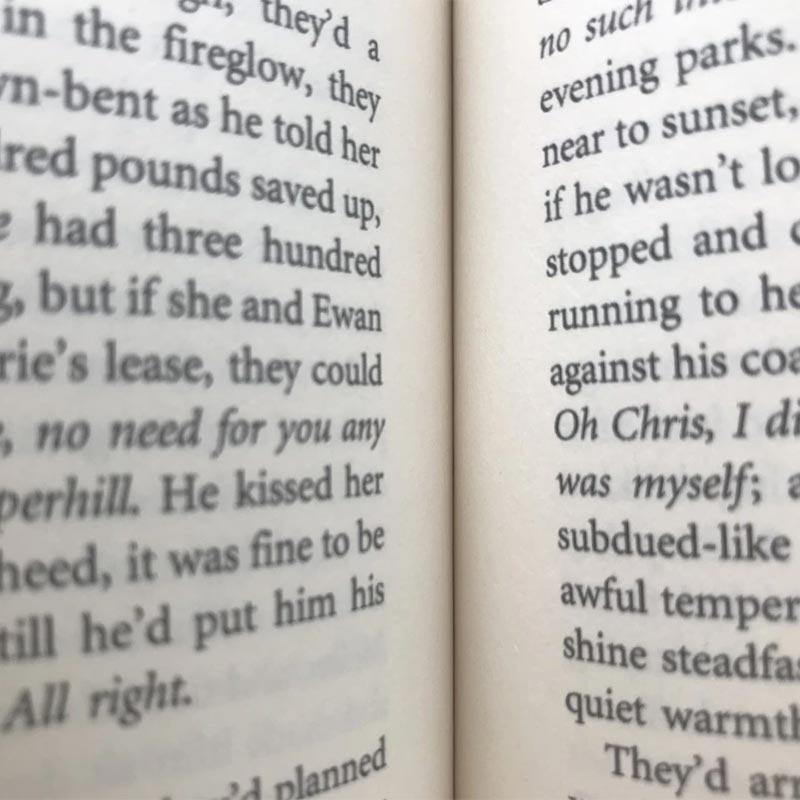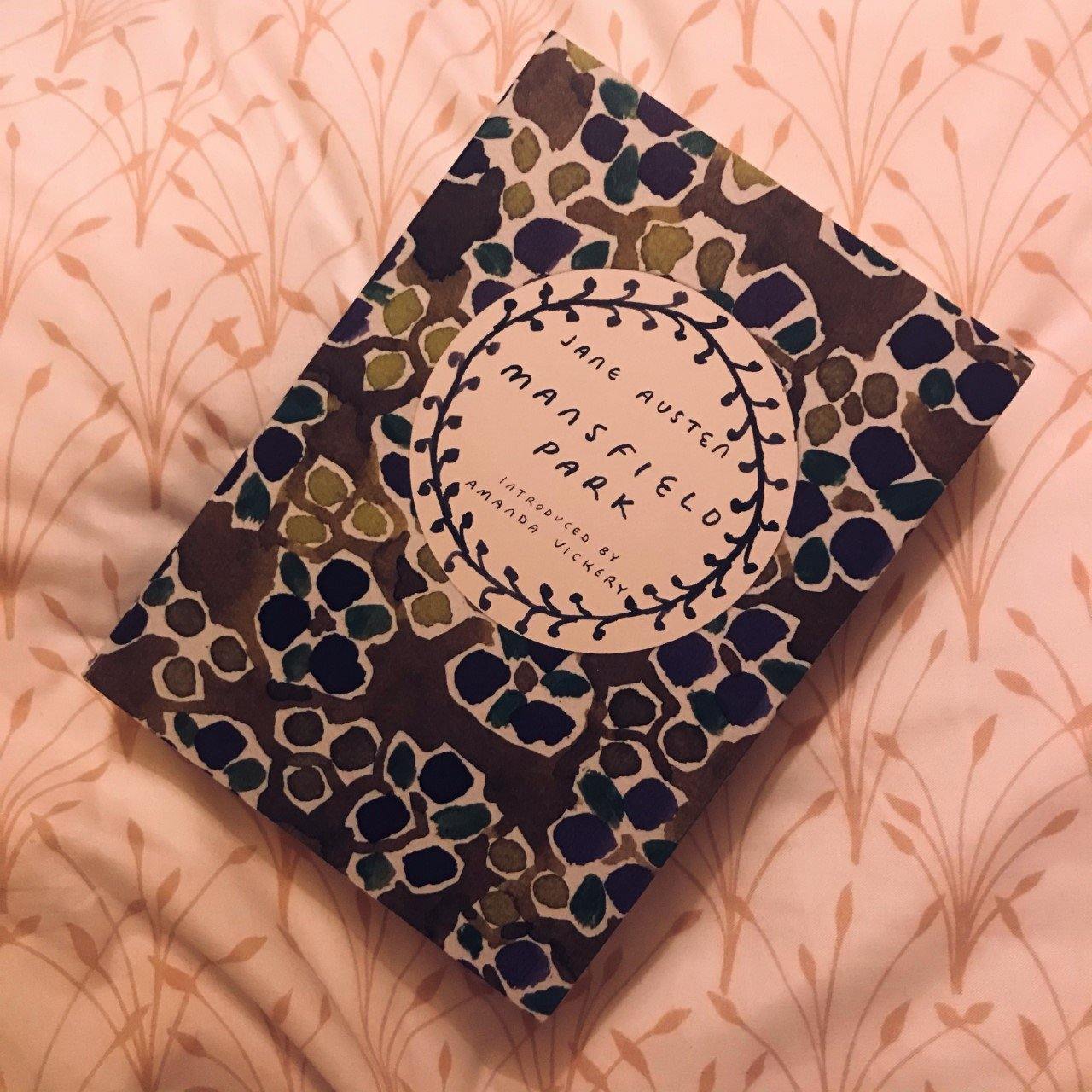
What is Free Indirect Discourse?

When Jane Austen was writing her novels, in the late eighteenth and early nineteenth century, she was writing having had little formal education to speak of. Nor was she out of an extraordinarily artistic family, and yet she, in her writing, was accomplishing something extraordinary herself. She was writing in a new and emerging style that was changing what was possible to accomplish with the art of the narration. This style of writing is what has now become known as Free Indirect Style (or Free Indirect Speech/Free Indirect Discourse).
Free Indirect Speech is a form of narration written in the third person while maintaining some essential elements of a first-person narrator. The author can thus describe the inner workings of their characters; their private emotions and thoughts, while still remaining at an observational distance. This allows for the narrator to ‘delve in and out’ of the thoughts of any character they choose. The Free Indirect style allows the author somehow manage to combine the detached objectivity of a third person narration with the personal, biased and often prejudiced voice of a first person narrator.
Austen uses this method of narration to give us a vivid insight into the inner worlds of her characters. Sometimes to make us empathise with their pain and embarrassment, sometimes to laugh at them and very often to make us understand how misguided and ridiculous people can be in regard to their own emotions. Upon the night where Marianne Dashwood has first been abandoned by Willoughby, Jane Austen describes how her young heroine determines to live up to her romantic principles.
“Marianne would have thought herself very inexcusable had she been able at all to sleep the first night after parting from Willoughby.
She would have been ashamed to look her family in the face the next morning, had she not risen from her bed in more need of repose than when she lay down in it.” (Ch. 16)
This is a subtle enough example of Jane Austen’s use of Free Indirect Style, but relays to us something of how Marianne views her duties as a bereft woman in love. Austen gives a further insight into the teenage Marianne’s way of thinking when she describes her attitude towards Colonel Brandon’s state of mind and body, being a man in his mid-thirties.
“(…) she was reasonable enough to allow that a man of five-and-thirty might well have outlived all acuteness of feeling and every exquisite power of enjoyment. She was perfectly disposed to make allowance for the colonel’s advanced state of life which humanity required.” (Ch. 7)
Both of the above examples are written from the point of view of a third person narrator, yet the narrator’s voice speaks through the mouth of the character, speaking as they would even when they say none of it out loud. Marianne’s understanding of Col. Brandon’s character is fated to change as the story unfolds, and this is a narrative in and of itself. The journey of Marianne’s own mind and character is a story that unfolds two-fold; both externally, in the form her actions and speech, as well as internally, which Austen subtly and playfully hints at throughout the novel.
Likewise, one of our most misguided Austen heroines, Emma, is bound for a change of mind about the feelings and motivations of the people around her. Jane Austen takes us through one of Emma’s delusions and miscalculations when she describes a meeting between Emma and Frank Churchill.
“He stopped again, rose again, and seemed quite embarrassed. He was more in love with her than Emma had supposed; and who can say how it might have ended if his father had not made his appearance?
Mr. Woodhouse soon followed; and the necessity of exertion made him composed.” (Ch. 12)
Here, Austen describes the action of the scene; Emma and Frank Churchill are alone together for a few moments before their fathers appear. Frank seems agitated and self-conscious. These are observations which any writer could have made in such a case, but Austen goes one step further by adding Emma’s interpretation of Frank’s behaviour. At this point in the novel, Emma has already decided that she believes Frank to be in love with her, and Austen does little to correct her. She does not follow up this indirect description of Emma’s thinking, by directly telling the reader that she is mistaken about Frank’s feelings. Like Marianne, Emma has to go on a journey to learn the error of her way of thinking and regarding the world around her. This is a journey on which we, as the readers, are coming along. Though we may well know that Emma is deluding herself, we follow along, in the distance, watching and praying that she may soon learn to be wiser.
As previously mentioned, free indirect style allows Austen to relay the innermost thoughts and feelings of any of her characters from her comfortable, birds-eye-view position of the all-knowing author, and it is not only the thoughts of her heroines which she allows her readers some insight into. While the chosen heroine are the ones the eyes of the narrator rests upon for the majority of the novels, there are times when Austen allows us a glimpse at the thoughts of those who surround them. This can be particularly effective when it is the male love-interest of our heroine. In persuasion, Captain Wentworth has just come back into the life of his old love Anne Elliot, when Jane Austen sums up his feelings towards her thusly.
“He had thought her wretchedly altered, and in the first moment of appeal, had spoken as he felt. He had not forgiven Anne Elliot. She had used him ill, deserted and disappointed him; and worse, she had shewn a feebleness of character in doing so (…) He had been most warmly attached to her, and had never seen a woman since whom he thought her equal; but (…) he had no desire of meeting her again. Her power with him was gone forever.” (Ch. 7)
We know this final statement to be false those of us who have read the ending of the novel, but it is perhaps the two words “and worse” which tell us that the narrator is speaking the mind of Captain Wentworth and showing his own process of self-delusion. Those two words have a degree of subjectivity within them, which arguably must belong to a character within the story than to the objective and detached author herself. This is also the part of the novel where we depart from Captain Wentworth, and we must wait with Anne herself for the truth of his own feelings to become apparent to him, and a happy conclusion to ensue.
Thus, Austen uses Free Indirect Speech to enrich her narrative and deepen her reader’s interaction with her characters. Not many writers before her time would have written in this innovative and creative way. She was indeed one of the very first to do it long before this writing style had a name. In summation hereof, Jane Austen was a brilliantly skilled and cleverly crafty writer, but none of us were deceived as to that fact.
Were we?
Anna-Christina Rod Østergaard is 26-year-old university student, currently reading for a master’s degree in English and Philosophy at Aalborg University in Denmark. She reads every Austen novel at least once a year and rarely reads a book that is less than a century old. She is a lover of history, literature, folklore, fairy-tales and, of course, Jane Austen. If you, like Anna-Christina would like to make a contribution to the Jane Austen blog, read our instructions on how to Submit a Blog



4 comments
Delightful analysis! I learned about the free indirect style from the History of Literature podcast on Jane, and wanted to read more.
Alexandra
Wonderful aspect of Jane Austen’s
Writing !!
Elizabeth Bryan Rhode
Very interesting article to read. Anna Christina has given me an even greater appreciation of Jane Austen and her character descriptions. No matter what century we are reading Jane we get her. Amazing.
Irene Mulcahy
Very interesting article to read. Anna Christina has given me an even greater appreciation of Jane Austen and her character descriptions. No matter what century we are reading Jane we get her. Amazing.
Irene Mulcahy
Leave a comment
This site is protected by reCAPTCHA and the Google Privacy Policy and Terms of Service apply.